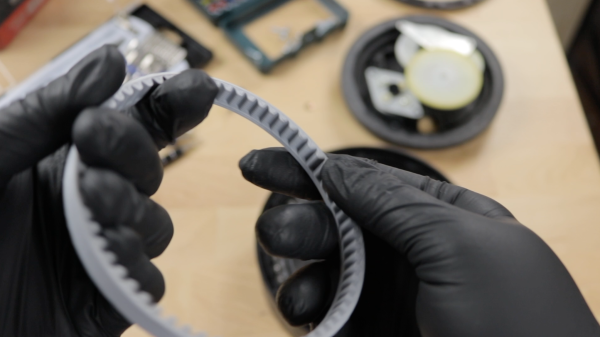[Ricardo Ferro] didn’t want to buy a Google Glass, so he made his own.
The Raspberry Pi Zero Prism consists of a 3D-printed headset the side-pieces of which hold a variety of electronic components, including a Pi Zero running Raspbian Jessie, a Pi Noir IR camera, a WiFi/Bluetooth module and a whole mess of SMD tactile push buttons. Video output is provided by a Kopin 922K display module. This module is usually used in smart goggles and uses a prism to reflect information into the wearer’s field of view.
One application [Ricardo] envisions for this Open Source Google Glass is using it in conjunction with facial recognition software and the YouTube-favorite IR camera trick of seeing through clothing. No, he’s not using it for that idea, and you should get your mind out of the gutter. [Ricardo] wants to identify masked criminals. Setting aside the technological challenges of making that technology work, we think that walking around with x-ray specs is likely to get those specs broken off your face by someone who wears clothes for modesty purposes. Still, it’s a fascinating project and we love the way the prism and video assembly comes together.






















